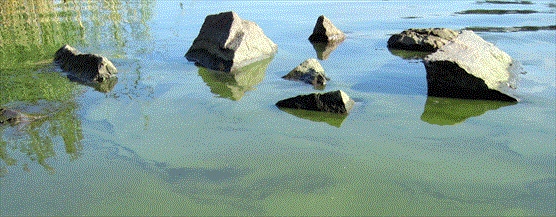
Photo: Pirjo Ferin.
SYKE collects long-term observations of river, lake, and groundwater water quality. The monitoring of inland waters began in the 1960s.
Hydrological monitoring covers whole country and has started in the middle of the 1800s with water level observation of lakes. In addition to the water level measurements, the Finnish Environment Institute monitors river discharge, runoff, evaporation, water equivalent of snow cover, water temperature and ice thickness, groundwater level and ground frost.
The role of SYKE is mainly to coordinate environmental monitoring in Finland. Actual monitoring work is carried out by ELY-centres (Centres for Economic Development, Transport and the Environment).
Long-term observation reveals the effects of eutrophication, harmful substances, and climate change on the water systems. This information serves as a basis for overall assessments of the condition of water resources, thereby enabling predictions of the future development of water systems, assessment of the effectiveness of the protection measures taken, and recommendations for new actions. High-quality observation data are needed also for decision-making and legislative work. Up-to-date water resource information is useful in the event of a flood, for protection of the citizens and property.
The inland-water monitoring system was revamped in 2014. In the future, the associated systems will have more efficient automatic observation features and make more effective use of the voluntary observations provided by citizens.
SYKE reports the findings of its monitoring work to authorities such as the European Environment Agency and the European Commission. The information on water quality and biological factors that polluters are required to collect is also used for reporting purposes.